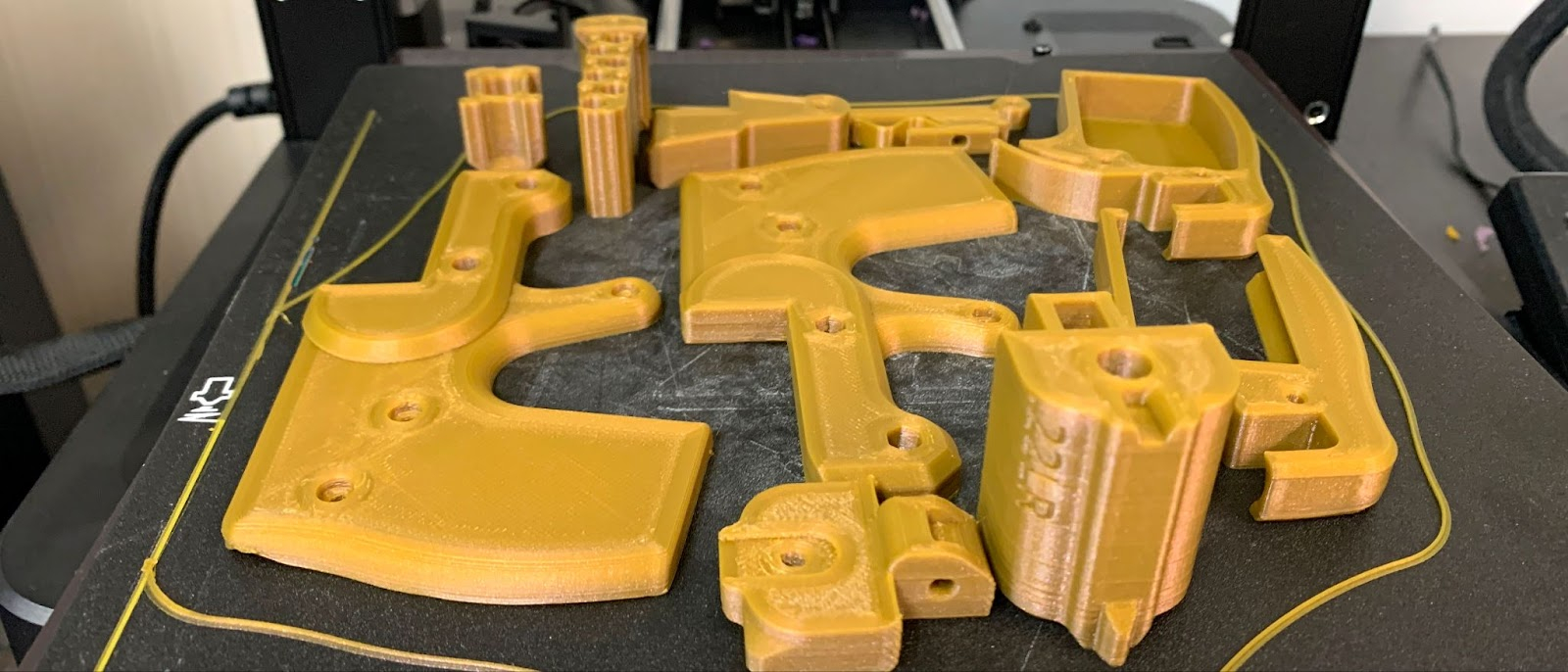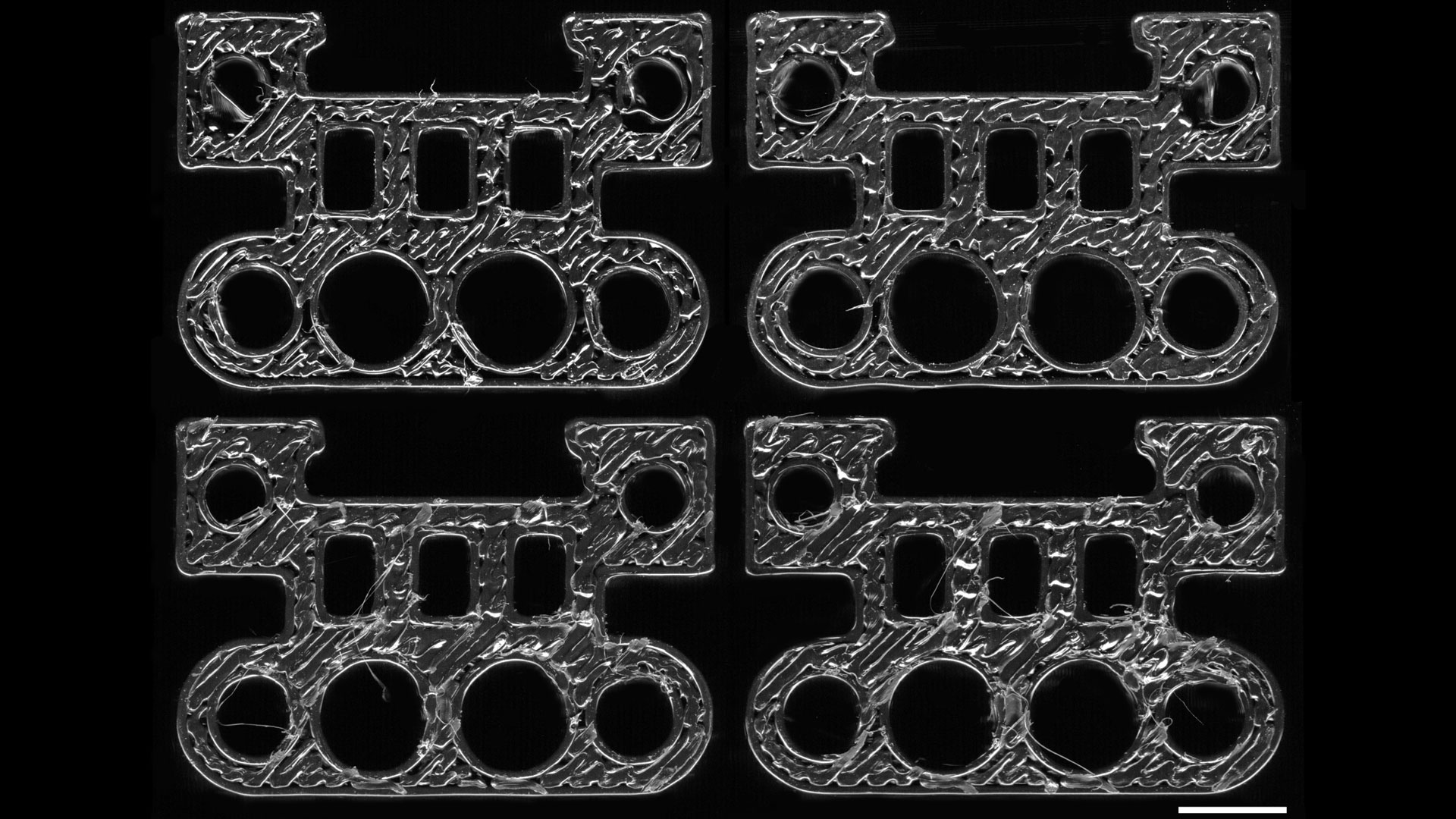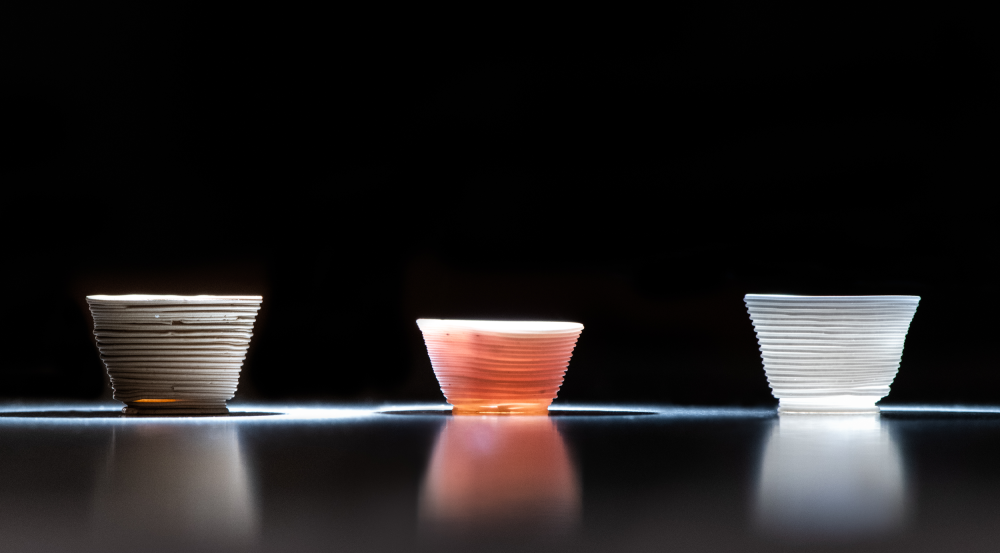Tracing the source of 3D printing ghost guns has been a serious topic since the beginning of their existence. Those doing the printing want to keep the manufacturing source a secret, while forensic investigators like Kirk Garrison from the San Bernardino Sheriff’s department are looking to find any sort of “fingerprints” left behind by nefarious manufacturers. An interview with Garrison shared by 404 Media suggests he may have found a way to link 3D printed objects, like ghost gun components, to specific printers.
In the interview, Garrison explained how he recently began looking for ways that forensics investigators might be able to identify printers by any traces left behind in the objects they print. So far, he’s had success in identifying key signatures, also known as toolmarks, found consistently from specific 3D printers.
If you’re not familiar with the term toolmark, it refers to a type of mark found on an object that’s left by the maker and or one of the tools used in its manufacturing process. In this case, Garrison has discovered consistent toolmarks in the way in which filament is dispersed during the print process on certain lines.
You may like
-
![]() AI can track 3D printed parts back to specific machine that made them
AI can track 3D printed parts back to specific machine that made them -
 Ghost gun proliferation spurs crackdown at Thingiverse, the world’s largest 3D printer model repository
Ghost gun proliferation spurs crackdown at Thingiverse, the world’s largest 3D printer model repository -
![]() MIT researchers crack 3D printing with glass
MIT researchers crack 3D printing with glass
Garisson has studied 3D printed objects, more specifically, 3D printed weapons, using a microscope. It was while studying the 3D printed component up close that he noticed scuff marks in a repeated pattern across the object. Using this, he was able to find matching characteristics in other objects, suggesting they were printed by the same printer and possibly even the same batch.


